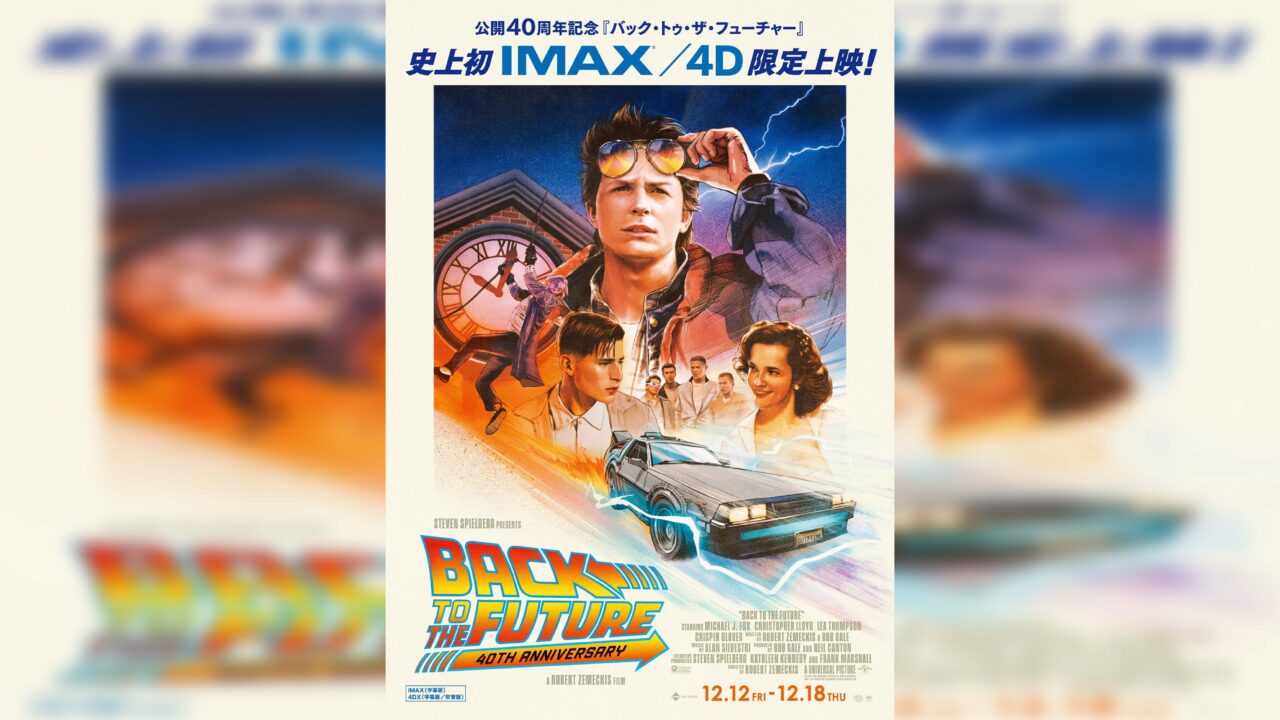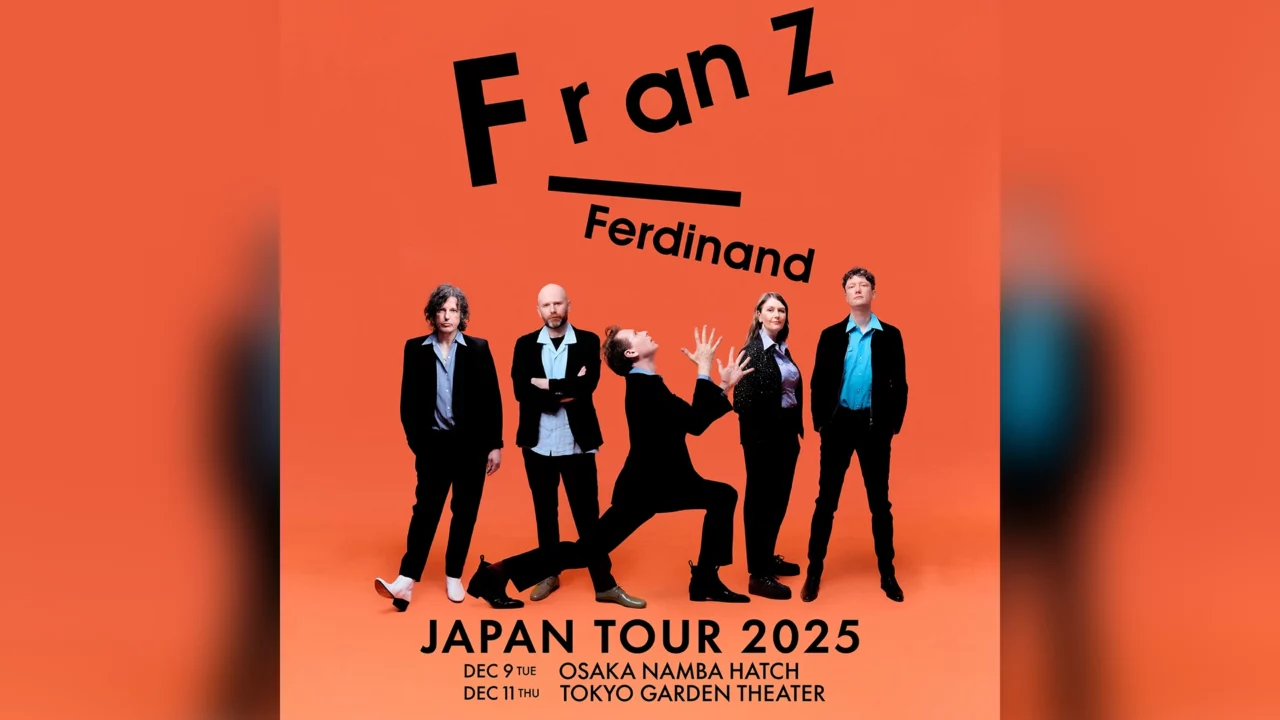The participation of contemporary artists and art installations in large outdoor music festivals is on the rise. The “MUSIC LOVES ART” initiative, launched by the Agency for Cultural Affairs to establish Japan as a global center for cultural arts, collaborates with “SUMMER SONIC” to display artworks at the festival venue, promoting a synergy between art and music.
However, the reality is that the efforts derived from the global aspirations of “MUSIC LOVES ART” and the Agency for Cultural Affairs fall short of being genuinely embraced by music. At the 2024 “Summer Sonic Osaka,” which will be held at the Expo Memorial Park, the significant gap between the vibrant convergence of music and art achieved by the festival and the outcomes of “MUSIC LOVES ART” has become apparent.
As we reflect on both events, we consider what is essential for fostering a true relationship between art and music.
We look back on both events and consider what is needed for art and music to love each other.
INDEX
Exploring the Connection Between Art and Music Festivals: The Launch of “MUSIC LOVES ART” in 2022
Art and music—though a common combination—have recently seen an increase in opportunities for contemporary art and artists to be directly involved in large outdoor music festivals in Japan.
A notable example is the initiative at SUMMER SONIC (referred to as Samasoni). Launched in 2022, “MUSIC LOVES ART” is a project by the Agency for Cultural Affairs aimed at positioning Japan as a global hub for cultural and artistic expression. The inaugural event featured independent curator Junya Yamamine, showcasing works by Kenta Kobayashi, Teppei Kaneuji, Leandro Erlich, Mayumi Hosokura, and Ina Jang. While I did not see the exhibition that year, I understand the curator’s intent to focus on pieces that reflect musical rhythms and grooves in their forms. Particularly, Mayumi Hosokura’s silent video work I can (not) hear you (2019), capturing musicians and dancers as they respond to music and rhythm, likely served as a critique of the social nature of music, connecting it to fashion and politics.
Since modern times, the essence of contemporary art has been to visualize and reorganize the zeitgeist (spirit of the age) of a particular era, region, or social group, often throwing in a chaotic leap as a form of critique. This means that even when given the framework of “art and music,” and tasked with the role of stage design or VJing as an exciting flavor, contemporary art elegantly incorporates provocations that transcend mere expectations.
The aforementioned “MUSIC LOVES ART,” led by the Agency for Cultural Affairs, has continued to evolve, with this year’s iteration titled ”MUSIC LOVES ART 2024 – MICUSRAT.” Each year, SUMMER SONIC takes place simultaneously at two venues in Chiba and Osaka, resulting in different exhibitions at each location. Therefore, this discussion will focus solely on ”SUMMER SONIC OSAKA.”
Additionally, as part of new initiatives, public art installations were set up in commercial facilities and private enterprises in central Osaka. This latter effort is a project adopted for the 2024 fiscal year under the “Japan Expo 2.0,” positioned as a momentum-building initiative leading up to the upcoming EXPO 2025 OSAKA-KANSAI. This project has received support from the Kansai Economic Federation and local businesses.
INDEX
Insufficient Depth in MUSIC LOVES ART 2024 – MICUSRAT
The exhibitions in the city, which serve as a bridge between art and cultural figures and the political and business sectors of Kansai in light of the Expo, honestly lack excitement. The giant salamander sculpture by Yu Taira, who received the Semi-Grand Prize at the Rokko Meets Art art walk competition, and the paintings by Yoichiro Taoya, inspired by Chinese characters from his study abroad experience, hinted at a presence that feels like an anomaly from a world distinct from modern urban culture. However, the curation fell short of deeper engagement and came across as rather moderate.
The truly impressive work as an artwork is REMA’s heart-shaped sculpture, The Ecosystem of Love from That Time, which resembles compressed sand. This piece reflects the artist’s obsession with decoration and awareness of gender, as intricate patterns and letters resembling tribal tattoos are engraved on the surface of the sculpture, which can also be interpreted as a metaphor for the body.
Additionally, the pedestal, seemingly made of FRP (fiber-reinforced plastic), features large holes in various places, allowing plants to flourish freely and abundantly. Is it a body or skin? Is it a pedestal or a flowerpot? This disruption of perception through its multifaceted nature critiques the masculine materiality often associated with historical sculptures, stimulating the viewer’s thought process. Without such an intellectual and playful experience, art would lose its appeal.
The contrast with Antony Gormley’s human sculpture, permanently installed in the sunken garden on the basement level of the Nippon Life Yodoyabashi Building, is also intriguing. The work of this world-renowned sculptor is discreetly placed at the edge of the garden, likely for the safety of facility users. This eclectic approach feels distinctly Japanese.
At the venue for “SUMMER SONIC OSAKA,” the Expo Memorial Park, works by Hiroko Kubo, Akihito Okunaka, and GOMA are displayed. Excluding GOMA, who is also a musician and performed a notable drone-based piece as part of this project, Kubo’s three-dimensional work, which mimics a woman’s hand, seems disconnected from the context of the Expo Memorial Park and “SUMMER SONIC.” Similarly, Okunaka’s balloon installation serves merely as an activity to enhance the festival’s sense of euphoria.
Additionally, in a festival environment where anonymous installations and sculptures are scattered throughout, it’s hard to argue that these works can be exclusively classified as “art.” Regrettably, the art here is not embraced by music to the degree that would allow it to be labeled as “MUSIC LOVES ART.” One could even question whether the curators of this project and the Cultural Affairs Agency genuinely care about creating a scenario where art is valued by music.
As for GOMA’s performance, which highlighted Japan’s first attempt to ignite fireworks attached to a drone, I found it ironically more striking that the logos of the Kansai Economic Federation and the Cultural Affairs Agency appeared in the sky after the show, showcasing their high quality. Given that drone performances have made significant advancements in countries like China and the United States, it seems there was an opportunity for a critical perspective that defined this as a genre of moving sculpture using three-dimensional space (i.e., the sky) or presented it as a new public art proposal linked to social significance.
INDEX
The Remarkable Quality of ”SUMMER SONIC OSAKA”: Engaging with the History of Expo Memorial Park
On the other hand, this year’s ”SUMMER SONIC OSAKA,” which chose Expo Memorial Park as its venue for the first time, was incredibly stimulating. The event featured four outdoor stages and a club-oriented program in the annex of the ‘EXPO ’70 Pavilion,’ a museum utilizing the former Steel Pavilion from the 1970 Osaka Expo. Attendees of ”SUMMER SONIC OSAKA.” pass through the main building, where Expo-related materials are displayed, before reaching the live venue in the annex. This means that the audience immerses themselves in music after experiencing the history of the Expo. Upon arriving at the annex, they are greeted by a massive golden mask of the ‘Tower of the Sun’ that covers the wall!
Due to time constraints, I could only catch part of the performances by Licaxxx and PAS TASTA, but it was an incredible live experience. The golden mask on display in the annex is the original that adorned the ‘Tower of the Sun’ during the Expo, serving as a significant artifact that represents the history of both the Expo and Expo Memorial Park. Dancing wildly while immersed in the music and looking up at it revives vivid memories of the festive interactions in the “Festival Plaza,” originally envisioned by Kenzo Tange and dramatically reimagined by Taro Okamoto, the theme exhibition director.
The 1970 Osaka Expo, which championed “the progress and harmony of mankind,” is remembered as an event that signified Japan’s entry into a new cultural and economic phase, 25 years after the war. While there were certainly opposition movements and criticisms—such as the “Expo Destruction Coalition,” which included avant-garde groups like Zero Dimension and Yu-Toku Akiyama—the event embodied a power and conviction to encompass the complexities of Japan’s post-war economic growth and democracy, delivering the zeitgeist to future generations.
Additionally, it goes without saying that the 1970 Osaka Expo was marked by a vibrant spirit of experimentation aimed at bridging art, music, and technology. However, it is regrettable that “MUSIC LOVES ART,” which could have emphasized the potential of the expanding “technology” of the 2020s through the use of drones, has, as mentioned earlier, failed to grasp that context.
The sensitivity of ”SUMMER SONIC OSAKA.” to the aura and pathos of its setting highlights the authentic practice of “art and music” in response to the dissonance found in “MUSIC LOVES ART.” The sight of digital-native (perhaps an outdated term?) Generation Z revelers dancing wildly conveyed a vivid sense of the enduring legacy of that history.






















